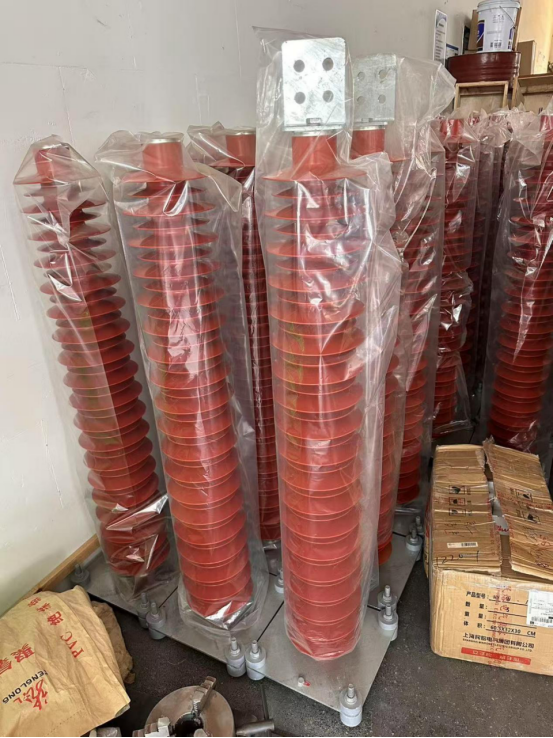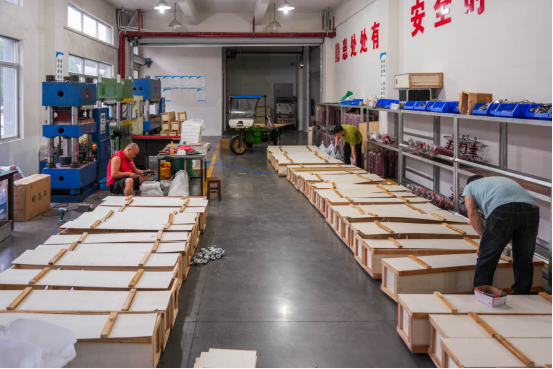
Differences between core protected objects and working principles
The design intentions of different devices determine that they have completely different types of overvoltage and response mechanisms to deal with:

High voltage Lightning Arrester (such as metal oxide lightning arrester/MOA)
Protection target: Specially designed to deal with instantaneous high voltage (microsecond level) such as lightning strikes and induced lightning strikes, with extremely strong current carrying capacity (above 10kA), and the ability to quickly discharge lightning currents.
Working principle: Based on the nonlinear characteristics of Zinc Oxide valve plates - they exhibit a high resistance state under normal voltage, and instantly switch to a low resistance state when struck by lightning, releasing current into the ground.
Representative technology: such as Minrong's "gap lightning arrester", which significantly reduces residual voltage through multi-stage zinc oxide resistance units and filtering capacitors, and is particularly suitable for the complex overvoltage environment of photovoltaic power plants.

overvoltage protector
Protection objective: Mainly focuses on operating overvoltage (such as switch opening and closing), power frequency overvoltage, and also takes into account some lightning induced overvoltage, but has weak current carrying capacity (1kA~10kA).
Structural innovation: Adopting a four-star connection method, consisting of four lightning arresters, it can simultaneously suppress phase to phase and ground overvoltages, providing more comprehensive protection in complex three-phase systems.
Controllable discharge lightning rod (active lightning protection)
Protection objective: Direct lightning protection, actively triggering lightning through the "upward lead" mechanism, limiting the amplitude of lightning current to below 7kA and reducing the steepness to 5kA/μ s, significantly reducing secondary lightning damage.
Applicable scenarios: High risk facilities such as oil depots, radar stations, and high-voltage transmission towers, with a protection angle of up to 65 ° and a range 30% wider than traditional lightning rods
Oil&Gas exploited
Automotive Manufacturing
Transportation & Dlistrlbutlon
Manufacture
Industrial Construction
Green Energy
Copyright ? 2024 All Rights Reserved
Back to top 
Comment
(0)